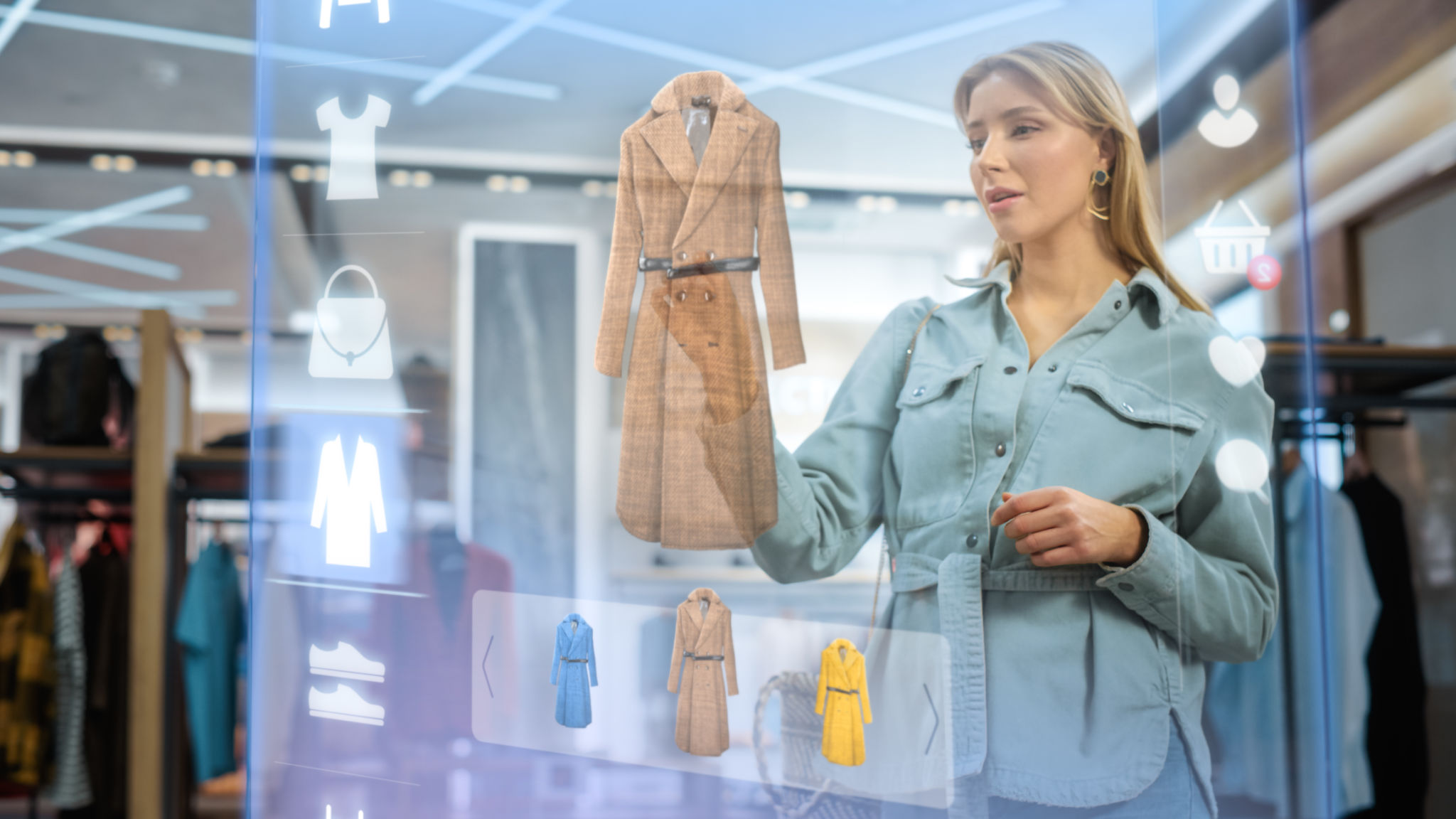FAQs About Virtual Try-On Solutions for Clothing Brands
What Are Virtual Try-On Solutions?
Virtual try-on solutions revolutionize the way customers shop for clothing by allowing them to see how garments look on their bodies without physically trying them on. Utilizing augmented reality (AR) and machine learning, these technologies superimpose digital clothing onto real-time images of the user. This innovation enhances the online shopping experience, reducing the guesswork involved in selecting the right size and style.

These solutions are becoming increasingly popular among clothing brands seeking to provide a more personalized and convenient shopping experience. By integrating virtual try-on capabilities into their platforms, brands can cater to the growing demand for digital shopping solutions and stand out in a competitive market.
How Do Virtual Try-On Solutions Work?
Virtual try-on solutions typically work by using a device's camera to capture an image or video of the customer. The technology then maps the customer's body dimensions and overlays digital clothing onto the image. Advanced algorithms ensure that the fit and movement of the clothing appear realistic.
Some systems require users to input basic body measurements, while others use AI to estimate these dimensions automatically. The goal is to provide a seamless and accurate representation of how clothes will fit and look, enhancing customer confidence in their purchase decisions.

What Are the Benefits for Clothing Brands?
For clothing brands, implementing virtual try-on solutions offers numerous advantages. Firstly, it significantly reduces return rates, as customers are more likely to choose items that fit well and meet their expectations. This leads to cost savings on logistics and restocking.
Moreover, virtual try-ons can enhance customer satisfaction and loyalty by providing an engaging and interactive shopping experience. Brands can also gather valuable data on customer preferences and behavior, helping them tailor future offerings more effectively.
Are Virtual Try-On Solutions Accessible to All Customers?
While virtual try-on solutions are a fantastic tool, accessibility is an important consideration. Most solutions require a smartphone or device with a camera, which may not be available to all customers. However, as smartphone penetration continues to rise globally, more consumers can access these features.

Brands should also consider the user-friendliness of the interface. Ensuring that virtual try-on features are intuitive and easy to use will help maximize their adoption among diverse demographics.
What Are the Technical Requirements for Implementation?
Implementing virtual try-on technology involves integrating AR software with existing e-commerce platforms. This may require collaboration with tech providers specializing in AR and machine learning. Cloud-based solutions can simplify this process by providing scalable and flexible options for brands.
Moreover, maintaining high-quality product images and ensuring that digital representations of clothing are accurate is crucial. Brands should also consider regular updates to the software to leverage advancements in technology and improve user experience continuously.
How Can Brands Encourage Customers to Use Virtual Try-On?
To maximize engagement with virtual try-on solutions, brands can employ several strategies. Educating customers about the benefits and ease of use through tutorials or demos can be effective. Additionally, offering incentives such as discounts or exclusive content for users who try out the feature can drive adoption.

Social media campaigns showcasing real-life success stories and testimonials can further enhance interest and trust in the technology. Encouraging customers to share their virtual try-on experiences can also generate organic buzz and broaden reach.
What Does the Future Hold for Virtual Try-On Technology?
The future of virtual try-on technology looks promising as advancements in AR and AI continue to evolve. We can expect more immersive experiences with higher accuracy in garment fitting and styling suggestions tailored to individual preferences.
As sustainability becomes increasingly important, virtual try-ons may play a critical role in reducing waste by minimizing returns and promoting conscious purchasing decisions. Clothing brands that embrace this technology will likely find themselves at the forefront of innovation in the retail industry.
